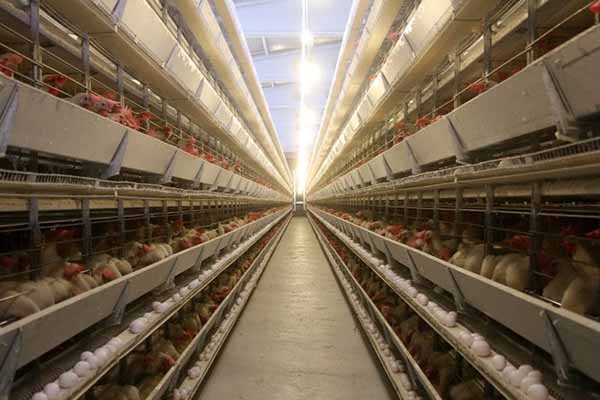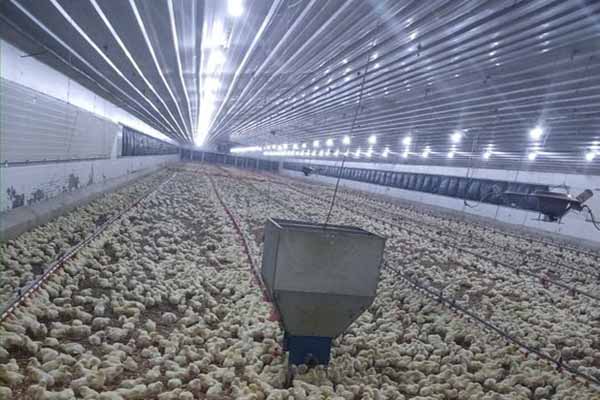How to Reduce the Mortality Rate in Uganda Chicken Farms
Time : 2025-06-30
Chicken farming is a vital sector in Uganda, contributing significantly to the country’s economy and food security. However, the mortality rate in chicken farms remains a significant concern for farmers. This article delves into the various strategies and techniques that can be employed to reduce the mortality rate in Uganda’s chicken farms, leveraging professional poultry equipment knowledge.

Understanding the Causes of Mortality in Chicken Farms
Mortality in chicken farms can be attributed to several factors, including disease, poor management, inadequate nutrition, and environmental stress. It is crucial to identify these causes to implement effective mitigation strategies.
Disease Prevention
Disease is one of the leading causes of mortality in poultry. To combat this, farmers should:

- Implement Biosecurity Measures: This includes regular cleaning and disinfection of the farm, segregation of new and existing birds, and limiting the number of people and animals that enter the farm.
- Regular Vaccination: A comprehensive vaccination program should be followed to protect the flock against common diseases.
- Diagnostic Testing: Regularly test birds for diseases using appropriate diagnostic tools to identify and treat infections early.
Improving Management Practices
Effective management practices can significantly reduce mortality rates. Here are some key considerations:
- Environmental Control: Ensure that the farm environment is conducive to the birds’ health. This includes maintaining proper ventilation, temperature, and humidity levels.
- Feeding Practices: Provide a balanced diet that meets the nutritional requirements of the birds. Use quality feed and consider adding probiotics and prebiotics to support gut health.
- Health Monitoring: Regularly monitor the flock for signs of illness or stress and address any issues promptly.
Leveraging Professional Poultry Equipment
Professional poultry equipment can play a vital role in reducing mortality rates. Here are some essential equipment that farmers should consider:
1. Automatic Feeders
Automatic feeders help maintain a consistent feed intake, reducing the risk of malnutrition and overeating. This ensures that birds receive the nutrients they need for optimal health.
2. Waterers
Access to clean, fresh water is crucial for the health of poultry. Automatic waterers ensure continuous water supply and help prevent dehydration and associated health issues.
3. Environmental Control Systems
These systems help regulate temperature, humidity, and air quality, creating a comfortable environment for the birds. This is especially important during extreme weather conditions.
4. Lighting Systems
Proper lighting is essential for the health and productivity of poultry. It helps regulate the birds’ circadian rhythms and can also be used to prevent the spread of disease.

5. Sanitation Equipment
Regular cleaning and disinfection are vital for disease prevention. Sanitation equipment, such as high-pressure washers and disinfection systems, can help farmers maintain a clean and healthy environment.
Training and Capacity Building
Investing in training and capacity building for farmers is essential to improve poultry farming practices. This can include workshops on biosecurity, nutrition, and disease management, as well as hands-on training with professional equipment.
Conclusion
Reducing the mortality rate in Uganda’s chicken farms requires a comprehensive approach that addresses disease prevention, improves management practices, and leverages professional poultry equipment. By implementing these strategies, farmers can enhance the health and productivity of their flocks, contributing to the country’s economy and food security.











